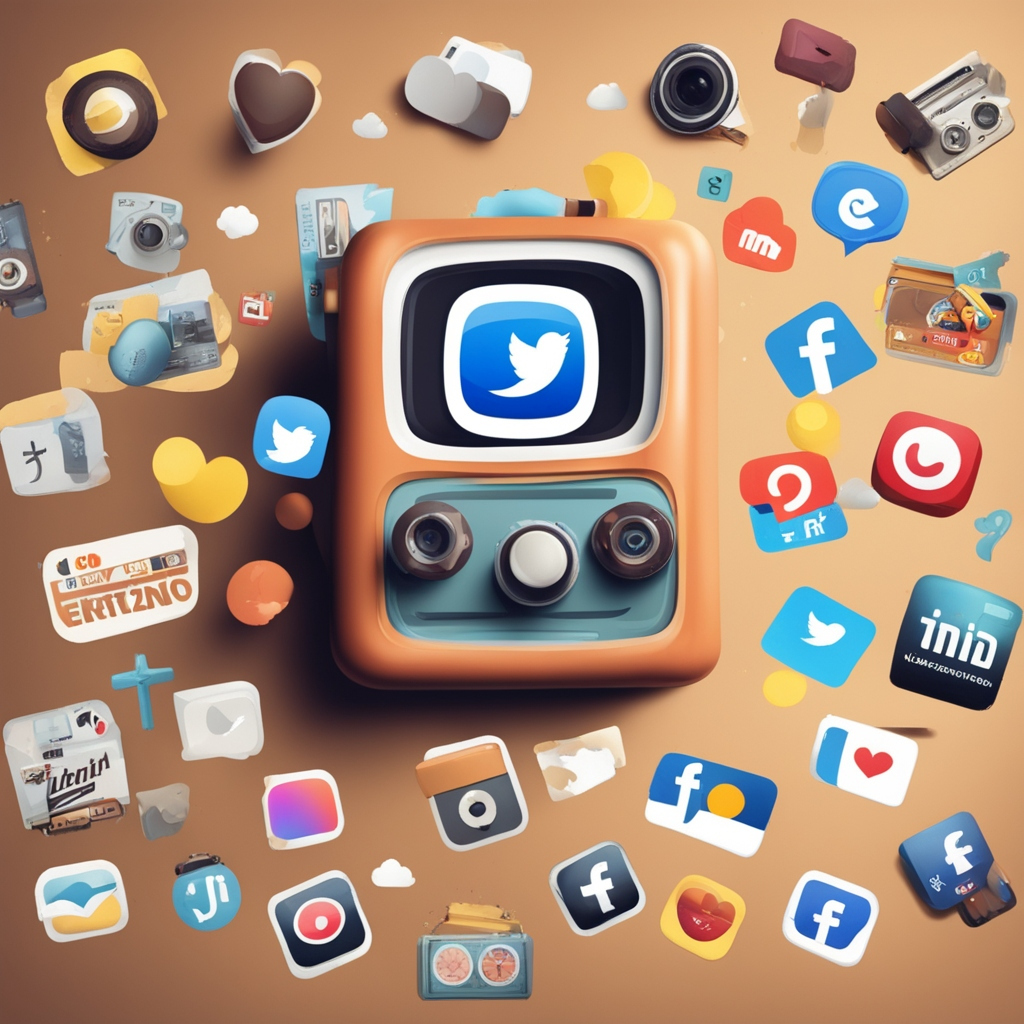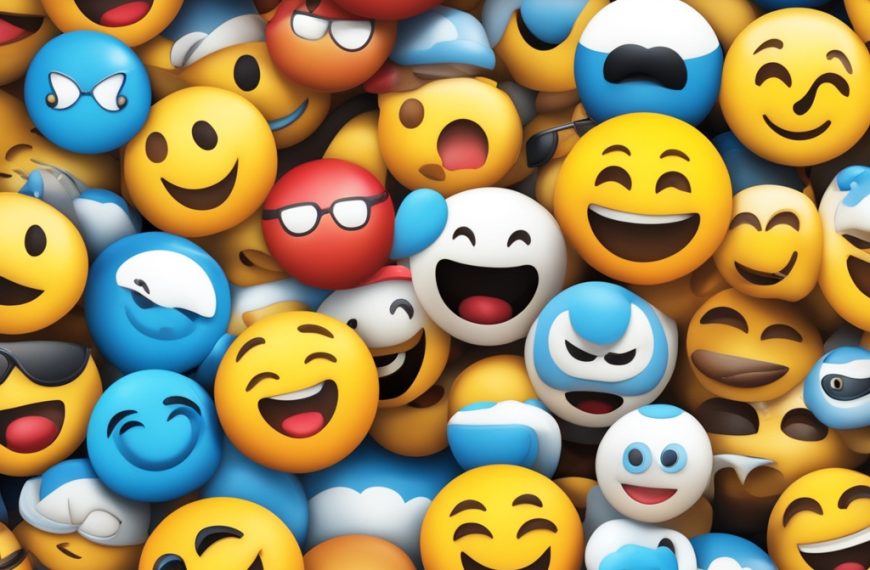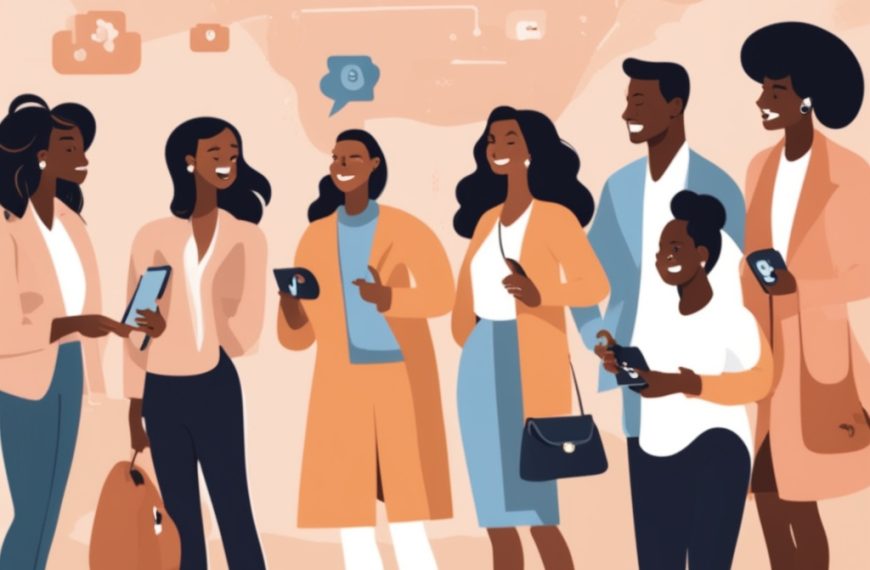Within today’s fast-paced digital world, brands are constantly seeking innovative ways to connect with their audiences. One powerful yet often overlooked tool in social media marketing is nostalgia. By tapping into fond memories of the past, brands can create emotional connections with consumers, fostering loyalty, engagement, and brand recall. This article explores the significance of nostalgia in social media marketing, its psychological impact, and how brands can effectively leverage it to strengthen their marketing strategies.
Understanding Nostalgia Marketing
Nostalgia marketing refers to the practice of using elements from the past—whether cultural references, retro aesthetics, or familiar experiences—to evoke a sense of sentimentality and emotional connection among audiences. By invoking feelings of happiness, comfort, and longing for the “good old days,” brands can create compelling and relatable content that resonates deeply with their audience.
The Psychological Impact of Nostalgia
Nostalgia is a powerful emotional driver that influences consumer behavior in several ways:
- Emotional Connection: Nostalgic content triggers positive emotions, making audiences feel more connected to a brand.
- Sense of Belonging: Recalling shared experiences fosters a sense of community and belonging among consumers.
- Increased Engagement: Nostalgic posts often encourage users to share personal stories and engage with the content.
- Boosts Purchase Intent: Studies have shown that nostalgic emotions can lead to an increased willingness to buy, as consumers associate brands with positive memories.
How Brands Use Nostalgia in Social Media Marketing
Many brands have successfully harnessed nostalgia in their marketing campaigns. Here are some effective strategies:
1. Throwback Content and Hashtags
Brands frequently use hashtags like #ThrowbackThursday (#TBT) and #FlashbackFriday (#FBF) to share past memories, products, or advertisements that evoke nostalgia. This encourages audience participation and engagement.
2. Reviving Classic Products or Designs
Some companies bring back discontinued products or introduce limited-edition retro packaging to reignite consumer excitement. Examples include:
- Coca-Cola reintroducing its classic glass bottles.
- Nintendo revamping old gaming consoles like the NES Classic Edition.
3. Pop Culture References
Incorporating references from past movies, TV shows, fashion, or music into content helps brands tap into collective cultural nostalgia. For example, Netflix’s promotion of Stranger Things heavily leveraged 1980s pop culture references, boosting its appeal among different generations.
4. Using Retro Aesthetics in Visuals
Brands often use vintage-inspired designs, fonts, or filters to create a sense of nostalgia in their social media posts. For instance, Instagram’s early filters mimicked old Polaroid pictures, appealing to users’ longing for classic photography styles.
5. Storytelling Through Nostalgic Narratives
Emotional storytelling can be a powerful tool in nostalgia marketing. Brands that tell compelling stories about past experiences, traditions, or childhood memories can forge deep emotional connections with their audience.
Case Studies: Successful Nostalgia Marketing Campaigns
1. Pepsi’s ‘Pepsi Generations’ Campaign
Pepsi launched this campaign to celebrate its history, bringing back retro logos and advertisements featuring past celebrities. This not only appealed to older generations but also intrigued younger audiences.
2. McDonald’s ‘McNugget Buddies’ Revival
McDonald’s reintroduced its classic McNugget Buddies toys, creating excitement among customers who remembered them from childhood.
3. Spotify’s ‘Throwback Playlists’
Spotify’s curated playlists featuring hits from different decades allow users to relive their favorite musical eras, reinforcing engagement and nostalgia-driven streaming.
Best Practices for Using Nostalgia in Social Media Marketing
To effectively incorporate nostalgia into a marketing strategy, brands should consider the following best practices:
- Know Your Audience: Understand which past experiences or references will resonate most with your target demographic.
- Stay Authentic: Avoid forced nostalgia. The content should feel genuine and relevant to your brand.
- Balance Old and New: Combine nostalgic elements with modern marketing techniques to keep content fresh and engaging.
- Encourage User Participation: Invite users to share their nostalgic memories or experiences related to your brand.
- Monitor Trends: Stay updated on trending nostalgic themes, such as popular TV show reboots or vintage fashion comebacks.
Nostalgia is a timeless and effective marketing tool that can strengthen emotional bonds between brands and consumers. When used strategically, nostalgia in social media marketing can enhance engagement, boost brand affinity, and drive customer loyalty. As brands continue to navigate the evolving digital landscape, integrating nostalgic elements into their content strategy can be a valuable way to create lasting impressions and meaningful connections with audiences.




